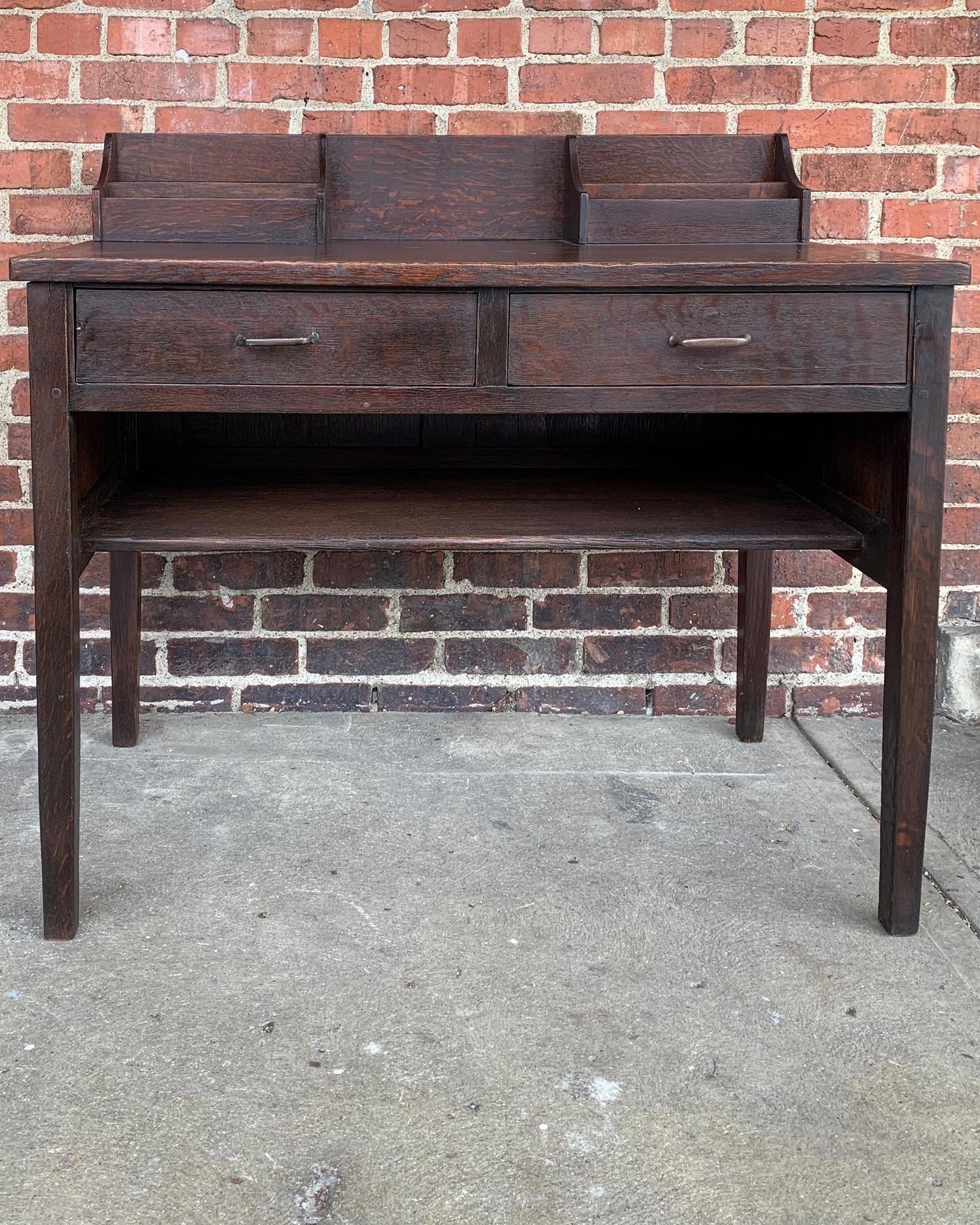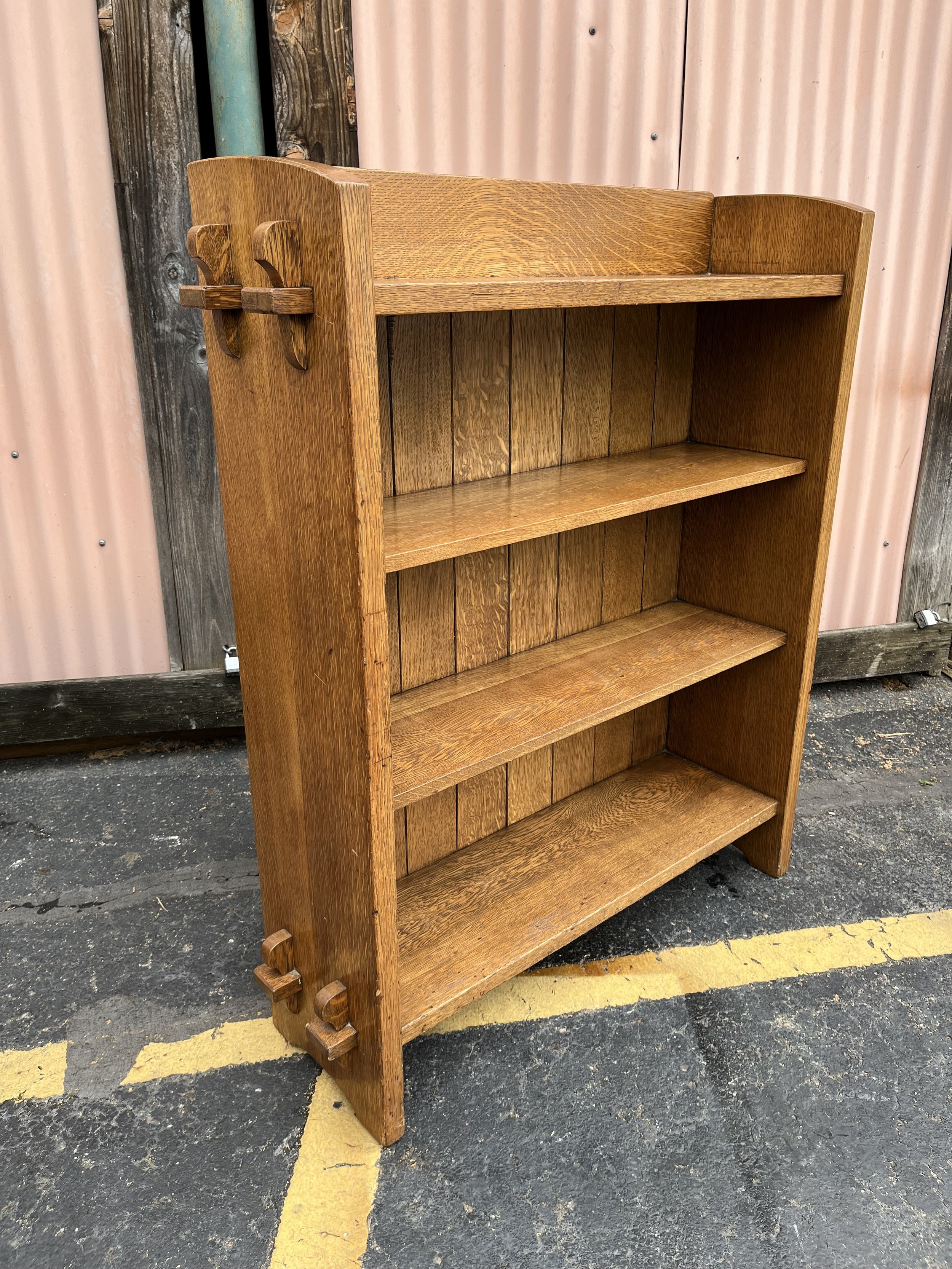Gustav Stickley: A Pioneer of the American Arts and Crafts Movement
Gustav Stickley played a pivotal role in shaping the Arts and Crafts movement in America during the late 19th and early 20th centuries. His work was instrumental in popularizing the movement’s core values—craftsmanship, simplicity, and functionality—both in furniture design and home architecture. Unlike many of his contemporaries, Stickley not only created furniture but also actively promoted the philosophy behind the movement, making him one of its most influential figures in the United States.
Gustav Stickley
Stickley’s journey into the Arts and Crafts movement was not immediate. He began his career producing Victorian-style furniture, which was highly ornate and characteristic of the prevailing tastes of the time. However, after encountering the principles of the Arts and Crafts movement, which emphasized the beauty of handmade objects and the integrity of natural materials, he underwent a dramatic transformation in both his aesthetic vision and design approach. Stickley abandoned excessive ornamentation in favor of clean, functional designs that showcased the natural beauty of materials, particularly quarter-sawn oak.
Early Antique Gustav Stickley Armchair - Click Here for our listing
In 1900, he founded the Gustav Stickley Company, which became renowned for its high-quality, handcrafted furniture. His designs were characterized by clean lines, exposed joinery, and a reliance on durable, organic materials like oak, leather, and hammered copper. Unlike mass-produced furniture, which often concealed structural elements with decorative veneers, Stickley’s pieces celebrated craftsmanship by making construction techniques—such as mortise-and-tenon joinery—visible. This honesty in design was a core tenet of the Arts and Crafts movement, which rejected industrial mass production in favor of well-made, lasting pieces that honored the skill of the artisan.
Gustav Stickley Writing Desk. No 453 in the catalog - Click Here for our listing
Stickley’s influence extended far beyond his furniture. In 1901, he launched The Craftsman magazine, which became the primary vehicle for disseminating the ideals of the Arts and Crafts movement to a broader American audience. Through The Craftsman, Stickley not only showcased his own furniture but also introduced readers to the works of other like-minded designers and artisans. The magazine covered a wide range of topics, including home design, architecture, and even social philosophy, reinforcing the movement’s emphasis on craftsmanship, simplicity, and a connection to nature.
One of Stickley’s most lasting contributions was his development and promotion of the Craftsman style of architecture. His vision for Craftsman homes was rooted in the same principles that guided his furniture: simplicity, functionality, and harmony with the natural environment. Craftsman homes often featured open floor plans, built-in furniture, exposed structural elements, and extensive use of natural wood and stone. These designs sought to create warm, inviting living spaces that were both practical and aesthetically pleasing. The Craftsman Bungalow, which Stickley popularized through his magazine and architectural plans, became one of the most iconic and enduring styles of American home design.
Rare and Early Gustav Stickley (1901/1902) - Click Here for our listing
Stickley’s impact on the Arts and Crafts movement in America cannot be overstated. His unwavering commitment to craftsmanship, honesty in design, and the integration of beauty and utility helped define an era of American decorative arts and architecture. While his company faced financial struggles and ultimately closed in 1916, his influence has endured.
Today, Stickley’s furniture is highly collectible, valued for its superior craftsmanship and historical significance. His designs continue to inspire modern artisans, woodworkers, and designers who seek to revive and honor the principles of the Arts and Crafts movement. Additionally, the Craftsman style of architecture remains a beloved and sought-after aesthetic, proving that Stickley’s vision of simple, well-crafted, and meaningful design still resonates more than a century later. Whether through antique Stickley furniture, contemporary reproductions, or Craftsman-style homes, his legacy lives on, reinforcing the enduring relevance of the Arts and Crafts philosophy in modern design and living.



